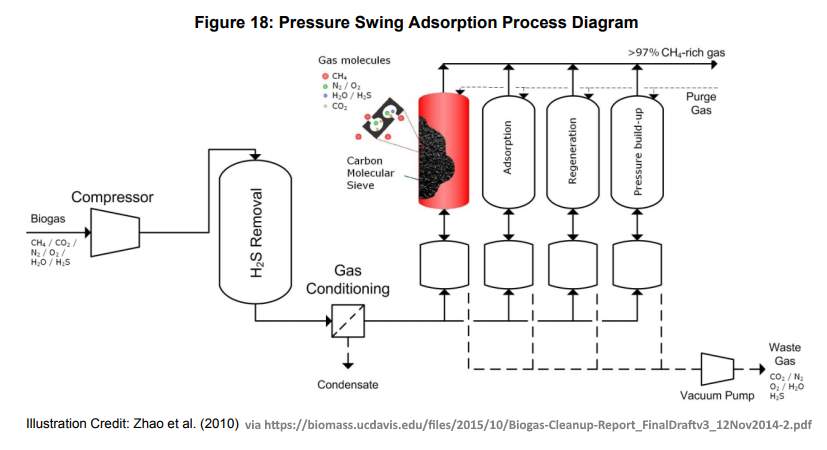In the Eastern Province of Sri Lanka, the potential for generating electricity from tidal energy and waste-to-energy projects is promising due to its geographic and socio-economic characteristics.
1. Tidal Energy Potential
Sri Lanka is an island nation with a long coastline, including the Eastern Province, which borders the Indian Ocean. Tidal energy harnesses the movement of ocean tides, and Sri Lanka's geographical location offers certain areas with moderate tidal ranges, especially in the east and northeast. However, tidal energy projects are often capital-intensive, and their success depends on factors such as:
- Tidal range and flow: Sri Lanka doesn't have extreme tidal ranges like those in places like the Bay of Fundy, but it does have consistent tidal activity.
- Potential locations: Areas like Trincomalee and Batticaloa in the Eastern Province may be ideal for tidal energy infrastructure due to natural coastal features.
- Environmental impact: Implementing large-scale tidal energy systems could disrupt marine ecosystems, so careful planning and environmental assessments are required.
Challenges:
- High initial capital investment for infrastructure.
- Complex environmental regulations and the need for technical expertise.
- Long gestation periods for such projects to become commercially viable.
2. Waste-to-Energy (WTE) Potential
Eastern Province's growing urban centers, like Batticaloa and Trincomalee, generate significant amounts of solid waste. Waste-to-energy projects are an attractive solution to both the waste management and energy generation challenges faced by developing regions.
Waste Generation: Rapid urbanization and population growth in the region have led to an increase in waste production. Municipal solid waste, including organic, plastic, and industrial waste, can be converted into energy via incineration, gasification, or anaerobic digestion.
Existing Practices: In some parts of Sri Lanka, there are already waste management issues, including improper disposal and open burning. Implementing waste-to-energy projects would not only generate electricity but also reduce the burden of waste management and mitigate environmental degradation.
Technology Options:
- Incineration: High-energy yield from burning waste, but comes with the need for emissions controls to avoid air pollution.
- Anaerobic Digestion: Converts organic waste into biogas, which can be used for electricity generation or converted to natural gas.
- Gasification and Pyrolysis: More advanced methods to convert waste into syngas, which can be burned to produce electricity.
Challenges:
- Reliable waste collection and segregation systems must be in place.
- Capital and operational costs for setting up waste-to-energy plants.
- Public perception and regulatory approval related to emissions and pollution control.
Conclusion
Both tidal energy and waste-to-energy projects are viable options in Sri Lanka’s Eastern Province, but they come with challenges that need to be addressed, including high initial costs, environmental concerns, and technical expertise. Waste-to-energy might be more immediately practical due to the region's growing waste management needs, while tidal energy offers a long-term renewable energy solution that would require significant investment and research.



